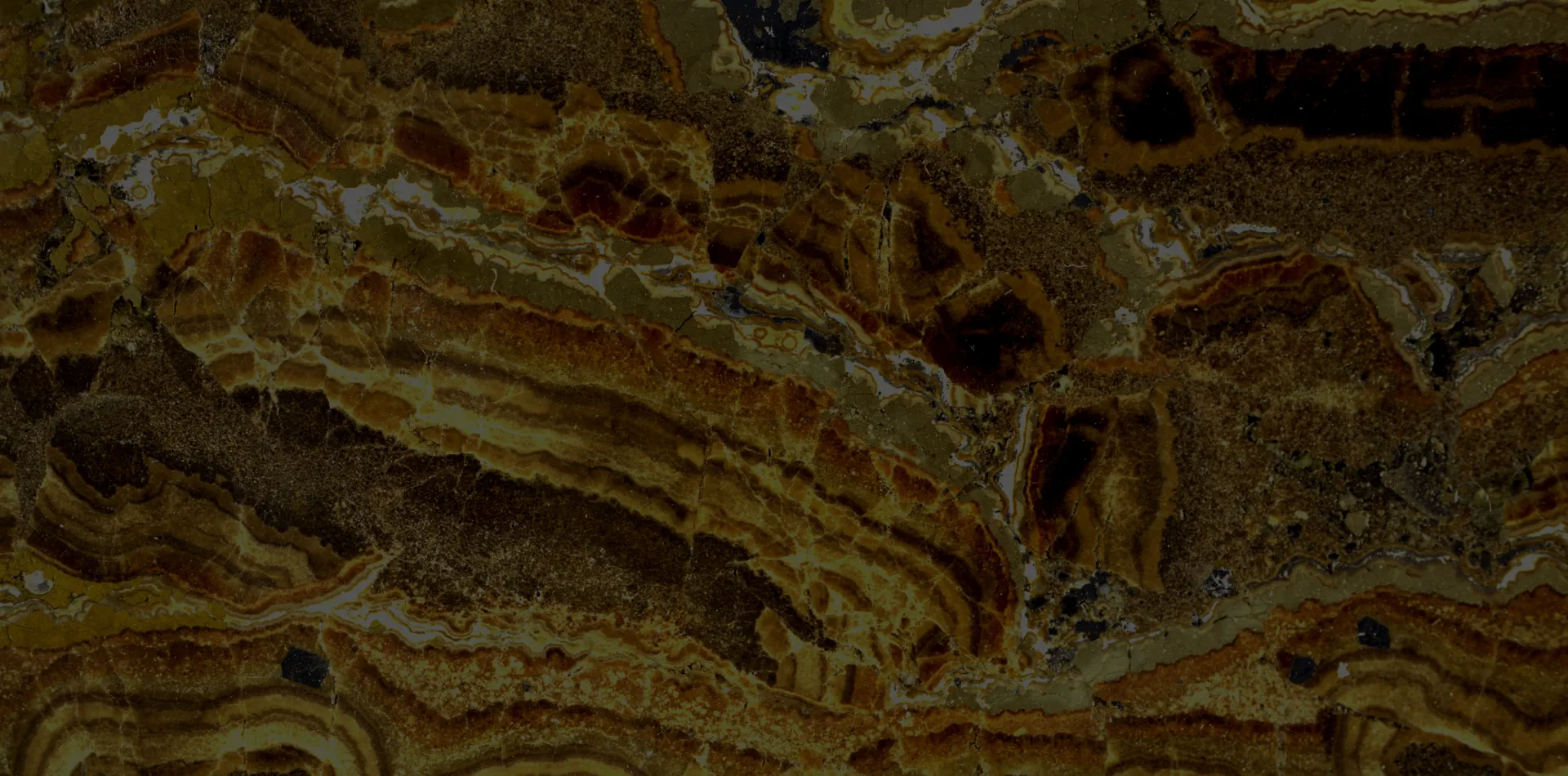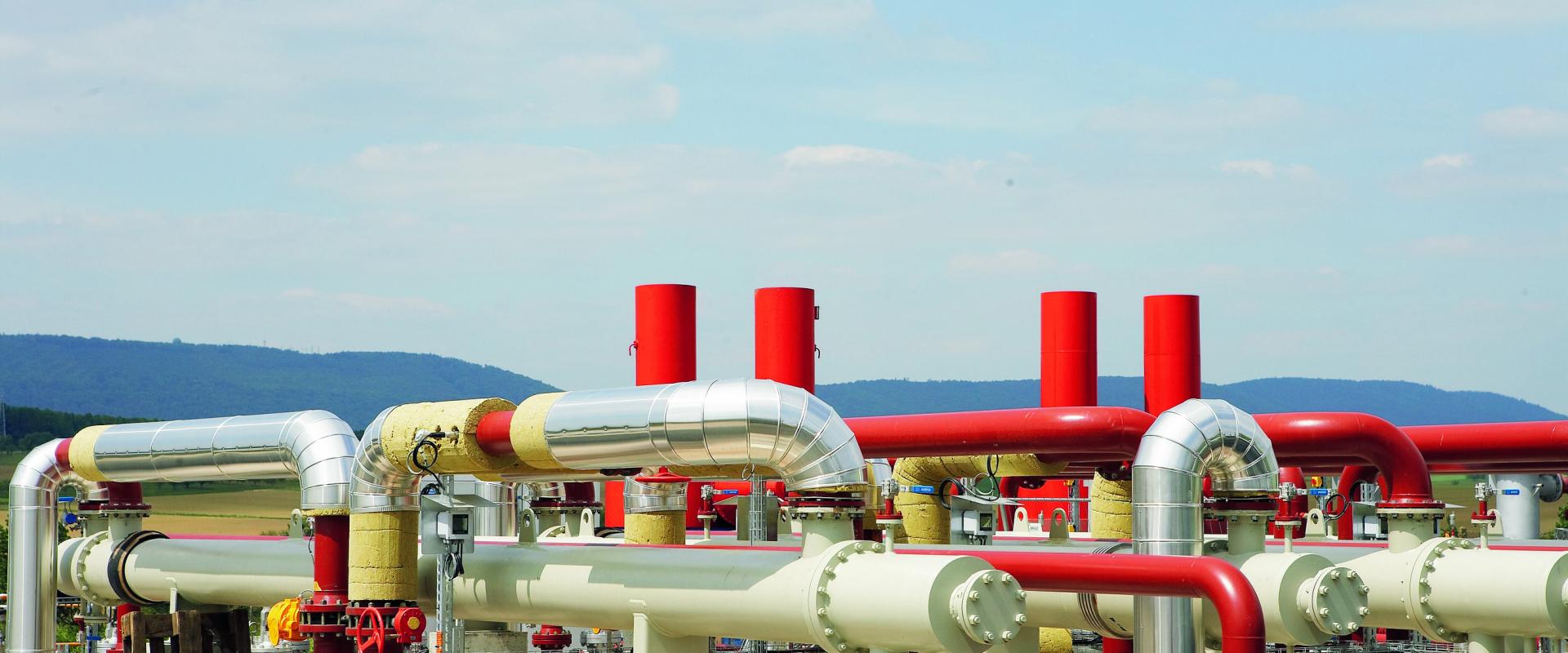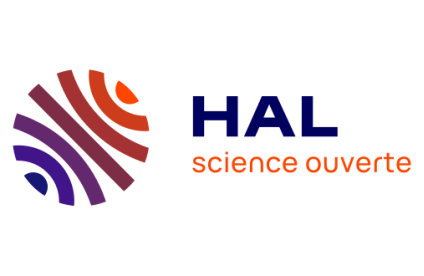Actualités
Challenges
Thanks to the experience gained through the work and studies carried out over the last 40 years and more on the site, the Rhine Graben is an ideal site to act as the basis for debate between the academic community, industry and local political decision-makers, who are working closely together to make local, economically-viable and socially-shared geothermal energy available. Recent failures in geothermal exploration in this Graben have reduced economic enthusiasm and social acceptance and confirmed the fact that more research and innovation are needed. It is therefore essential to carry out more detailed assessments of the risks and understand the processes involved in "heat mining", while also characterising and modelling the geothermal systems in order to better estimate and secure their potential and position future electricity production sites. These failures also underline the fact that the development of geothermal energy requires better cooperation and relations between academic research and industry.
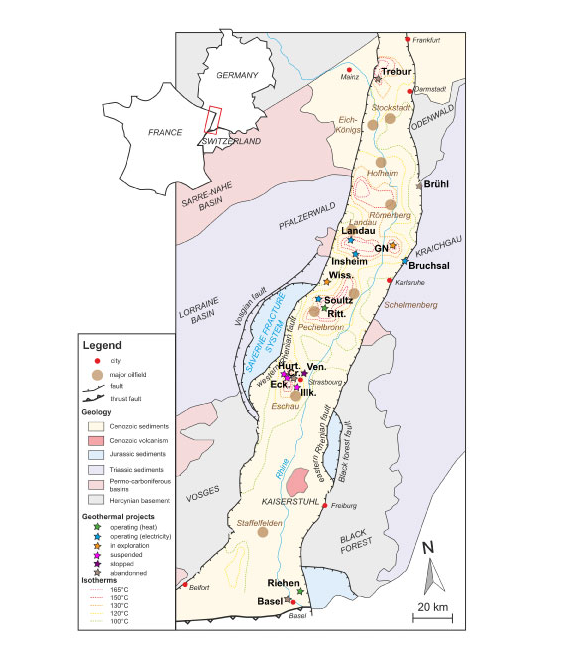
Carte des projets de géothermie profonde dans le Fossé rhénan supérieur, d’après Dalmais et al. (2021) - Revue Géologues Septembre 2021
© Copyright ES-Géothermie
Objectives
The main aims of this project are to:
- Characterise the spatial variations of reservoirs in the Rhine Graben and identify new reservoirs;
- Obtain the most accurate imagery possible of deep-lying fluid circulation by mapping, characterising and modelling the reservoirs, using existing data, in order to determine the most favourable areas for developing geothermal production and optimising the exploitation of the associated resources (heat, electricity, lithium, hydrogen, etc.);
- Produce a new framework for the use of the subsurface using the Strasbourg demonstrator project, and propose a "Responsible Research and Innovation" approach for the industrial development of deep geothermal energy.
In terms of methodology, an innovative and ambitious two-pronged strategy is proposed in the cross-cutting work package WP0 (Project management). Initially, a low-risk approach will be used to identify the key data sets that will serve as the basis for the three work packages to meet their objectives. At the same time, a second, more ambitious approach will involve identifying critical missing data, which could be acquired by carrying out new deep scientific drilling in specific areas of the Graben. A specification file will then be drawn up for the drilling operations and submitted to the International Continental Scientific Drilling Program (ICDP).
This project is also linked to other targeted projects in the "Subsurface: a Common Good" program (DyMod, TAEF, Digital Earth, LCA-SUB, VERTIQUAL, JPEC) and other programs: Risks (IRIMA), OneWater, etc., as well as to existing projects involving the teams working on this project. The close collaboration between the various geoscientific and social science partners in this project means that it benefits from the know-how of experts with a wide range of skills.
Expected results
This project will benefit from existing feedback from a number of experiments, which will form the basis for recommending best practices. In order to reach industrial maturity, the project must focus on ensuring the reliability of the performance of the operating sites in terms of ensuring the efficiency of the drilling operations, particularly regarding their location, depth and production rates, and the smooth operation of the geothermal loop in the short, medium and long term. The risk of induced seismic activity must be eliminated.
The knowledge acquired during the project could be transferred to other Graben, of which there are many in Western Europe, such as in Limagne, in the French Massif Central.
Co-managers
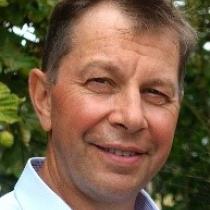
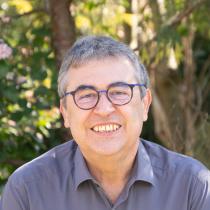
Jean Schmittbuhl (Coordinator)
Jean Schmittbuhl is a geophysicist and Director of Research at the CNRS. He conducts his research at the University of Strasbourg (EOST/ITES - School and Observatory of Earth Sciences/Earth and Environment Institute of Strasbourg). In 2012, he created and coordinated the G-eau-thermie Profonde laboratory of excellence, supported by the Investissements d'Avenir programme, as well as the deep geothermal consortium involving Électricité de Strasbourg and the University of Strasbourg. Since 2021, he has been Director of the Interdisciplinary Thematic Institute of Geosciences for the Energy Transition (ITI GeoT) at the University of Strasbourg. He was a member of the expert committee appointed to investigate the industrial accident involving the Vendenheim deep geothermal energy project. His interdisciplinary research combines seismology, geomechanics, the physics of heterogeneous environments, petrophysics and geochemistry, combining innovative laboratory experiments, multi-scale digital modelling and geological and geophysical field observations. His projects address the processes that initiate earthquakes, the mechanisms of induced seismic activity, fluid circulation in fractured massifs and the imaging of deep reservoirs, particularly deep geothermal reservoirs. He is the author of more than 170 scientific articles.
Bernard Sanjuan (Co-coordinator)
He obtained a PhD in 1986 and has extensive knowledge and expertise in water geochemistry, particularly in the field of geothermal energy. Since joining BRGM in 1990, he has, among other things, contributed to the development of:
- The Bouillante high-temperature geothermal field in Guadeloupe and of deep geothermal energy in the Rhine Graben (Soultz-sous-Forêts, Rittershoffen, etc.);
- New chemical geothermometers for geothermal exploration and tracing tests for the management of geothermal reservoirs.
He was Deputy Director of BRGM's Geothermal Department between 2008 and 2012. He has contributed to the publication of around 150 technical reports and 50 international scientific articles, and has taken part in numerous conferences.
Partners
- CNRS/Université de Strasbourg (établissement coordinateur)
- Université de Lorraine
- Université de Cergy
- Université de Grenoble
- Université de Lyon
- Université de Montpellier
- Université de Paris-Saclay
- Université de Rennes
- BRGM
- Ecole des Mines de Paris
- INERIS
- IFPEN
Présentation scientifique
To find out more
- Overview of the project structure
- Article on the University of Strasbourg's Geot website: the Rhine Graben targeted project
Références :
- Chavot, P., Heimlich C., Masseran, A., Serrano, Y., Zoungrana, J. et Bodin, C., 2018. Social shaping of deep geothermal projects in Alsace: politics, stakeholder attitudes and local democracy. Geothermal Energy: Science, Society and Technology, 6(26). https://doi.org/10.1186/s40517-018-0111-6.
- Dezayes, C., Lerouge, C., Innocent, C., Lach, P. 2021. Structural control on fluid circulation in a graben system: Constraints from the Saint Pierre Bois quarry (Vosges, France). Journal of Structural Geology, 2021, 146, pp.104323. https://doi.org/10.1016/j.jsgég.2021.104323.
- Sanjuan, B., Gourcerol, B., Millot, R., Rettenmaier, D., Jeandel, E., Rombaut, A., 2022. Lithium-rich geothermal brines in Europe: An up-date about geochemical characteristics and implications for potential Li resources. Geothermics, 101, 102385, 18 p., https://doi.org/10.1016/j.geothermics.2022.102385.
- Schmittbuhl, J., Lambotte, S., Lengliné, O., Grunberg, M., Jund, H., Vergne, J., et al., 2021. Induced and triggered seismicity below the city of Strasbourg, France from November 2019 to January 2021. Comptes Rendus. Géoscience, 353(S1), 1–24. https://doi.org/10.5802/crgeos.71.
